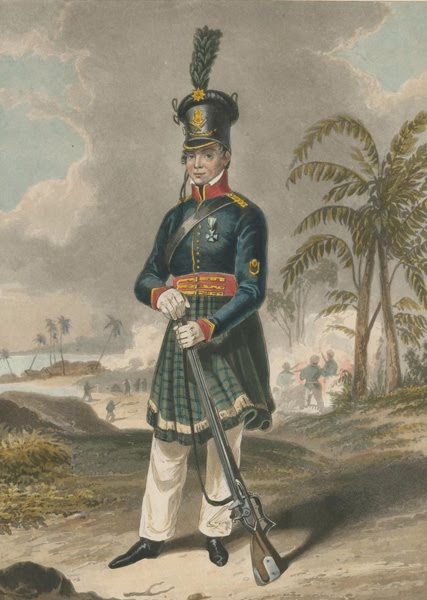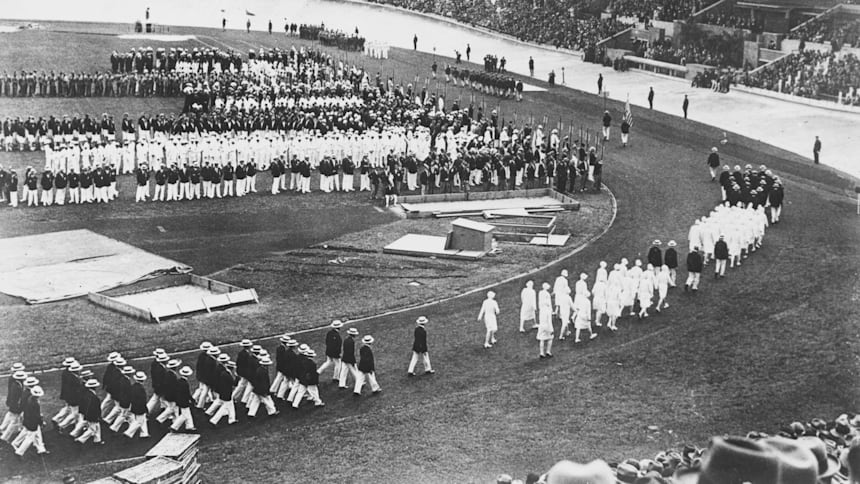Florence Nightingale’s Revolution in Healthcare Hygiene
/shethepeople/media/media_files/INksDAeCWZqvbMwQtym9.png)
Florence Nightingale broke Victorian norms by bringing science and statistics into nursing. She introduced new sanitation practices that greatly reduced death rates among British soldiers during the Crimean War. Today, she is remembered as the “Lady with the Lamp,” symbolized by her bronze statue in London.
Born in Florence, Italy, in 1820, Nightingale was educated at home by her father. She was drawn to mathematics and felt a calling to help the suffering at 16. Despite her family’s objections, she trained as a nurse in Germany and France. In 1853, she became superintendent of a hospital in London for “distressed gentlewomen.”
In 1854, Nightingale led 38 nurses to a British hospital in Constantinople (now Istanbul) to care for soldiers. She found terrible conditions: overcrowded wards, poor sanitation, and few supplies. Her cleaning efforts and improved hygiene drastically cut death rates.
Nightingale became known as the “Angel of the Crimea” and the “Lady with the Lamp.” Her work with the Sanitary Commission further improved conditions and reinforced her commitment to hygiene. Even after contracting chronic brucellosis, Nightingale continued to work. She used statistics to show that most deaths in the Crimean War were due to preventable diseases. Her famous “rose diagram” helped illustrate this and led to her becoming the first female fellow of the Royal Statistical Society.
In 1860, Nightingale founded the Nightingale Training School for Nurses in London. By the turn of the century, nearly 2,000 nurses had graduated from her school and spread across Britain and the world, improving nursing standards everywhere.
Public Health Advocacy
Nightingale also pushed for better public health care, advocating for trained nurses in workhouses and the abolition of harsh poor laws. Her book, “Notes on Nursing,” guided Victorian households in maintaining health.
Florence Nightingale’s legacy is vast, extending beyond her compassionate image to foundational contributions in modern healthcare, sanitation, and nursing education.
Re-reported from the article originally published in She the People.









